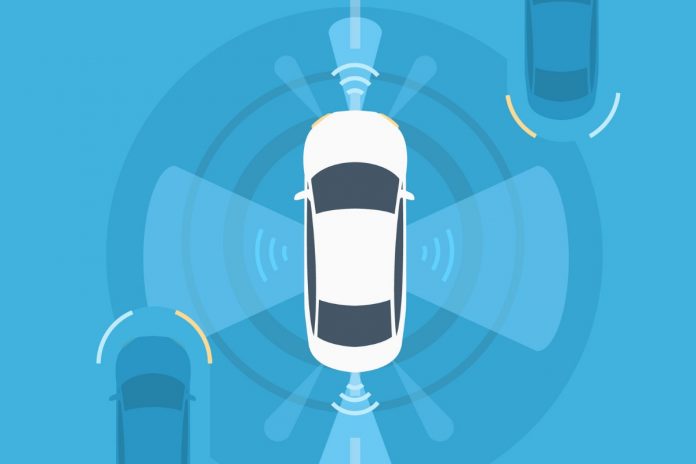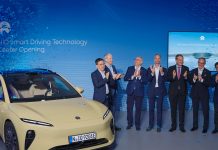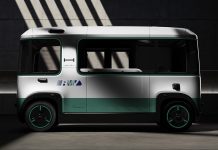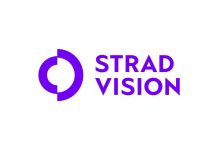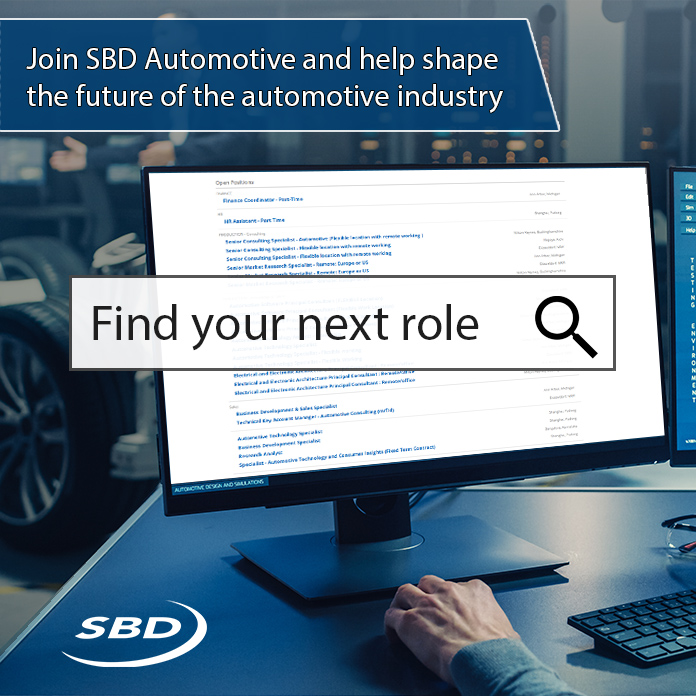Hyundai unveiled its innovative 2022 Tucson SUV to U.S. media in West Hollywood, California. The all-new Tucson design is derived from a series of Hyundai Design Center concepts expressing its evolving Sensuous Sportiness global design identity. Tucson gasoline and hybrid models will begin availability for the U.S. market in spring 2021, with plug-in models available in summer 2021. The new 2022 Tucson internal combustion models will be produced at Hyundai Motor Manufacturing Alabama (HMMA) and Ulsan, Korea.
Tucson offers a number of segment-first exclusive features including:
- Remote Smart Park Assist
Remote Smart Park Assist allows owners to park and retrieve their Tucson from the tightest of parking spaces from outside the vehicle, a very convenient feature. Before a driver attempts to load passengers or luggage, the remote parking function can prove particularly useful, bringing the vehicle out of a tight space. The driver simply uses the smart key to drive the SUV forward or backward, into or out of a parking space, garage or any tight parking situation.
Advanced Driver Assistance Systems (ADAS)
SUV buyers do not want to compromise when it comes to protecting their passengers, so Hyundai has expanded its SmartSense Safety technologies on the new Tucson. It now offers more features than have ever been available in a compact SUV. This generous suite of advanced safety features goes far beyond the abundance of SUV segment standard safety equipment and includes many innovative driver assistance systems, such as the following:
Forward Collision-Avoidance Assist (with Pedestrian, Cyclist and Junction-Turning Detection)
The new Tucson offers an enhanced Forward Collision-Avoidance Assist (FCA) with pedestrian, cyclist and junction-turning detection, an advanced safety feature activated when the vehicle senses a vehicle, pedestrian or cyclist in front of the car with potential for a collision. The available junction-turning feature can detect an on-coming vehicle when turning left at an intersection and may warn the driver and provide braking assistance to help avoid a collision.
Blind-Spot Collision-Avoidance Assist (BCA)
BCA helps avoid collisions with a rear side vehicle when changing lanes. When operating the turn signal switch to change lanes, if there is a risk of collision with a rear side vehicle, the system provides a warning. After the warning, if the risk of collision increases, the system automatically controls the vehicle to help avoid a collision. If exiting a parallel parking spot and there is a risk of collision with a rear side vehicle, the system automatically assists with emergency braking.
Rear Cross-Traffic Collision-Avoidance Assist
Rear Cross-Traffic Collision-Avoidance Assist (RCCA) helps avoid collisions with oncoming vehicles on the left or right side of the vehicle while reversing. If there is a risk of collision with an oncoming vehicle on the left or right side while reversing, the system provides a warning. After the warning, if the risk of collision increases, the system automatically assists with emergency braking.
Lane Keeping Assist and Lane Following Assist
Lane Keeping Assist (LKA) helps prevent accidental lane departure by sensing road markings, automatically steering the vehicle if necessary. Lane Following Assist (LFA) takes LKA a step further and may automatically adjust steering to help keep the vehicle centered in its lane of travel and can help keep the vehicle centered on both highways and city streets.
Highway Driving Assist
Highway Driving Assist (HDA) is a driving convenience system that assists drivers in maintaining the center of the lane, while keeping a safe distance to the car in front and can help maintain vehicle speeds according to posted speed limits on federal interstate highways. HDA works in conjunction with the navigation system information, smart cruise and lane following assist.
Blind-Spot View Monitor
Blind-Spot View Monitor (BVM) offers the driver an enhanced field of vision, displayed within the gauge cluster. If the driver activates a turn signal, an image of the view from the corresponding side mirror is displayed in the cluster display.
Surround View Monitor
The new Tucson uses cameras to provide the driver with an enhanced, bird’s-eye view of the car’s exterior, giving the driver confidence when maneuvering into or out of spaces.
Ultrasonic Rear Occupant Alert
Ultrasonic Rear Occupant Alert (ROA) monitors the rear seats to detect the movements of children and pets, reminding drivers to check the rear seats when exiting the vehicle; if the system detects movement in the rear seats after the driver leaves the vehicle, it will sound the horn and send an alert to the driver’s smartphone via Blue Link.
Safe Exit Warning
Tucson also offers Hyundai’s Safe Exit Warning (SEW) system helps detect cars approaching from the rear while the Tucson is parked. If a passenger attempts to open the door when a car is approaching from behind, visual and acoustic warnings on the cluster may alert the passengers.
Smart Cruise Control with Stop and Go
Using a radar sensor mounted on the lower front grille, Smart Cruise Control maintains a set distance from the vehicle ahead by automatically adjusting vehicle speed as needed, even in stop-and-go traffic conditions.
High Beam Assist (HBA)
Eliminates the need for drivers to manually switch high beams on and off at night for approaching vehicles in the opposite on-coming lane.
Driver Attention Warning (DAW)
Monitors a spectrum of driver-related characteristics to help detect driver fatigue and alert the driver.

